Unveiling a new flagship device in the fourth quarter of 2018, Chinese smartphone manufacturer Xiaomi put great emphasis on camera performance, with its Mi MIX 3 achieving an excellent rear-camera score in our DxOMark Mobile tests. For selfie enthusiasts, the specs of the front-facing camera look no less impressive, offering a dual-camera setup with a mechanical pop-up design and operation. The two sensors combine a high-resolution 24Mp,1/2.8-inch primary sensor for capturing images with a second 2Mp sensor used solely for depth sensing, which in theory should improve bokeh shots in Portrait mode.
Featuring a large 6.39-inch display with thin bezels, Xiaomi has gotten around the divisive “notch” issue by hiding the front camera setup behind the screen in a unit that you activate by sliding the screen down. In addition to automatically activating the camera app, you can use the system for answering calls and for other functions; however, the feature does increase the thickness and weight of the phone a little.
Other front camera features include a f/2.2 aperture lens, a “selfie light” for flash, HDR, and Full HD 1080p video at 30fps. Sliding thumbs at the ready, our engineers put the Xiaomi Mi MIX 3 through the rigors of our new DxOMark front camera protocol, and we can now share the scores, pictures, and analysis in our full review.
Key front camera specifications:
- Dual-sensor front-facing camera
- 24Mp 1/2.8-inch primary sensor with 0.9µm pixels
- 2Mp depth-sensing secondary sensor
- f/2.2 lens
- Mechanical pop-up design
- Selfie light
- 1080p@30fps video
About DxOMark Selfie tests: For scoring and analysis in our smartphone front camera reviews, DxOMark engineers capture and evaluate over 1500 test images and more than 2 hours of video both in controlled lab environments and in natural indoor and outdoor scenes, using the camera’s default settings. This article is designed to highlight the most important results of our testing. For more information about the DxOMark Selfie test protocol, click here.
Test summary


Boasting some good strengths, including hardware not often seen on front-facing cameras, the Xiaomi Mi MIX 3 put in a strong showing during our tests. Flash and bokeh pictures are excellent, and it does the basics well, too, with accurate target exposures ensuring good brightness on faces in most test conditions, along with very usable results in low light. Our color results for the Mi MIX 3 are very good as well, and close to the best devices we have tested so far.
Detail preservation is also high, especially on static subjects shot at close range under indoor and outdoor lighting conditions. Color rendering is generally acceptable, too, and although white balance is a little inconsistent, with a slight yellow/green cast in outdoor conditions, the color pops a little more when white balance is accurate.
Results aren’t perfect, however, and the main opportunities for development revolve around improving dynamic range, depth of field, white balance in low light, and denoising. Noise is a significant area for improvement, with some luminance and chromatic noise visible in all conditions, including in bright light, where it’s noticeable both on faces and in backgrounds. The fixed-focus lens ensures good sharpness at close range, and avoids any focusing irregularities in low light, but the narrow depth of field means that subjects farther away from the camera, as well as backgrounds generally, are out of focus. The limited dynamic range means that skies and backgrounds are often overexposed when shooting in bright and contrasty conditions, but the Mi MIX 3 avoids any significant highlight clipping on faces, which is important for a selfie shooter.
The Mi MIX 3’s video performance shares many of the same strengths and weaknesses as with stills: target exposures are generally accurate, with good brightness on the face and acceptable results under indoor and low light; color rendering is bold, with accurate white balance except in extreme low light; and again, focus is good at close range. Stabilization is efficient but not quite up with the best in class.
Photo scores explained
The Xiaomi Mi MIX 3’s front dual camera achieves a total photo score of 83, which is calculated from its scores in tests that examine different aspects of its performance under different lighting conditions. In this section we’ll take a closer look at these image quality sub-scores, with some analysis versus the flagship competition.

Exposure and Contrast
Xiaomi Mi MIX 3
74
91
The Mi MIX 3 delivered accurate target exposures on faces in all lighting conditions during our benchmark lab tests. Contrast was also fairly good in all conditions; and although images in near-dark conditions of just 1 lux are underexposed, images captured in very low light down to 5 lux are brighter and much more usable. At 20 lux, pictures are bright and perfectly fine to use.
When shooting tricky high-contrast scenes, the Mi MIX 3’s dynamic range is limited—the camera generally delivered accurate exposure on faces in our natural outdoor test scenes, but often overexposed backgrounds.

Color
Xiaomi Mi MIX 3
77
105
Color rendering on the Mi MIX 3 is good under indoor and outdoor lighting conditions, particularly when white balance is accurate, but saturation could be improved in low-light images. Shooting outdoors, white balance is generally acceptable, but a yellow/greenish color cast is sometimes noticeable, which affects the overall color rendering.
Skin tone rendering is usually natural and the Mi MIX 3 avoids the significantly oversaturated pinks that we have seen on some devices, but its white balance casts have an impact on faces, which sometimes end up looking just a bit yellow or green in outdoor and indoor images. (It’s usually within acceptable limits, though.) In some specific low-light conditions, such as when there is a solid-colored background dominating the subject, white balance can be totally off, resulting in very yellow skin tones, but these are unusually challenging test conditions that you’re unlikely to encounter often. Color shading is very good on the Mi MIX 3, with no hue shifts between the center and edges of the image in either outdoor or indoor images.

Focus
Xiaomi Mi MIX 3
42
97
The Mi MIX 3’s fixed-focus lens is optimized for close-range photography, achieving the best sharpness on faces at 30cm from the camera, with acceptable results at 55cm, when you want to include another person or a feature in the background. The fixed-focus lens avoids any focusing irregularities in low-light conditions, too, but depth of field is limited, so sharpness drops off quickly on subjects that are more than 55cm away from the camera.
You can see the issue in natural test scenes shot at 55cm. While focus on the face in the left image is acceptable, the limited depth of field means the background is very out of focus. The same issue applies to a group selfie shot at 55cm, in which only the first face is in good focus.
On those subjects close to the camera where focus is good, detail preservation is high for static scenes, with recorded acutance scores of over 70% in bright light (1000 lux) and over 60% under indoor lighting conditions (100 lux). Texture remains pretty good on static scenes under lower light conditions, too, with acutance of around 45% in extreme low light (5 lux), but expect the finest facial details (such as eyelashes) to disappear. Fairly long exposure times under indoor and low-light conditions make it pretty challenging for the Mi MIX 3 to capture sharp images of motion, however, with low acutance scores of just over 20% recorded at 5 lux.
You can see in close-range shots that the Mi MIX 3 manages to preserve some finer facial details such as eyelashes in bright outdoor lighting conditions (left). In very low light (20 lux), detail remains acceptable on static subjects (right), but those finer details start to get lost.

Noise
Xiaomi Mi MIX 3
73
90
Noise is one of the main opportunities for development on the Mi MIX 3, as it is visible in all lighting conditions. Even in very bright outdoor conditions, the amount of visible noise is quite high both on faces and in the background. Visual noise actually decreases a little under indoor and low-light conditions.
Under indoor conditions (300 lux), noise is visible on both the face and in the background. Noise is actually slightly improved on the face of our realistic mannequin in the test shot below at lower light (100 lux)—that is, it’s still visible in the background, but it’s no worse than results at 300 lux.
We deduct points for obvious image quality flaws, or artifacts, in images, and applied penalties to the Mi MIX 3 for color fringing and flare. In certain backlit environments, the flare can be quite strong, particularly when capturing a wide-angle selfie with the subject at long range from the camera. Some other issues, such as a slight hue shift in the sky or on faces with strong directional lighting, are evident in a few images, as well some minor color quantization and ghosting. Better HDR capabilities could improve image quality, but overall, the Mi MIX 3 does a good job at minimizing artifacts.
There are some small issues with the face-rendering algorithms, but again, the device does well here and applies a subtle and pleasant level of smoothing. It also handles the tone curve pretty well for face rendering, and the Mi MIX 3 doesn’t display any significant or particularly unnatural-looking hue shifts on the face—an area in which some other devices have lost many points.

Flash
Xiaomi Mi MIX 3
81
93
The Mi MIX 3’s “selfie light,” housed alongside the lens setup in the pop-up unit, provides a very good flash system for the front-facing camera, with both flash-only and mixed-lighting shots delivering excellent results. Exposure, texture, color rendering, and white balance are good in both conditions, and results are consistent over multiple exposures, so you can expect the same good shots each time. Using flash as the only light source, some vignetting is noticeable, accompanied by a fairly strong buildup of noise in the corners, both of which reduced the score a little. Even so, results are on par with some of the best front-facing camera flash systems we’ve tested; exposure and noise in the center of the frame remain good; and white balance remains accurate.
The Mi MIX3 scored slightly higher for flash mixed with additional lighting (5 lux), thanks to significantly less vignetting and lower levels of noise. Exposure on the face is again good; white balance and color rendering are accurate, with high levels of detail preservation in the face.

Bokeh
Xiaomi Mi MIX 3
70
75
Packing in that second 2Mp sensor solely for depth sensing ensures very good bokeh shots using the Mi MIX 3’s Portrait mode. Its depth estimation is very good, ensuring nice subject isolation and accurate masking around the portrait, even with complex backgrounds sticking out from behind the subject that can often confuse such systems. Rendering is also good, with consistent levels of noise applied to the smoother background areas so that they don’t look out of place.
Video scores explained
The Xiaomi Mi MIX 3 front camera achieves an improved score of 85 points for video, making it a good device for selfie videographers. We calculate the overall video score using the following video sub-scores: Exposure (62), Color (83), Focus (61), Texture (70), Noise (79), Artifacts (87), and Stabilization (76).
Shooting video, the Mi MIX 3 exposes targets accurately in all lighting conditions, achieving good brightness on faces except in extreme low-light environments of 5 and 1 lux. Dynamic range in videos is again limited, however, and although faces are often accurately exposed, expect to see some highlight clipping on faces and overexposed backgrounds when capturing images in tricky high-contrast conditions. We also observed some exposure instabilities during our tests with moving faces, in which the Mi MIX 3’s exposure adaptation doesn’t quite keep the subject well-exposed (see the end of the sample clip below).
Color rendering is also decent in all lighting conditions, and white balance is particularly good under indoor and outdoor lighting conditions, with a few color casts creeping in low-light videos. The same applies to color uniformity, which is good indoors and outdoors, but slight differences in color between the center and edges of the frame start to become noticeable in low-light videos.
As with stills, the fixed-focus lens ensures good sharpness on faces at close range, so it’s best to fill the frame and shoot your video calls at around 30cm. Doing so ensures that facial details are nicely preserved, but again, that limited depth of field means that backgrounds or faces that are beyond the optimal 30-55cm distance range are noticeably out of focus.
Stabilization on Mi MIX 3 video is pretty efficient—the system works well at stabilizing your footage, but some movement is still visible, as you can see in the sample clip below.
Conclusion
The last couple of years have been exciting for mobile photography, as manufacturers have developed multiple sensors and lenses for their rear cameras, and combined that hardware with advanced signal processing to maximize imaging possibilities. Xiaomi is one of the first to apply this approach to the front camera, and the benefits are clear, with the Mi MIX 3 delivering excellent results for flash and bokeh, thanks to the built-in selfie light and depth-sensing second sensor. Other attributes such as face exposure, color, and detail are also impressive, and thanks to generally good skin tone rendering, the Mi MIX 3 ranks high in our database of front camera image quality. There are things it can improve, of course, most notably the fact that both focus and depth of field are too limited. Denoising and dynamic range could be better as well, but given its many pluses, along with good results when shooting video, it’s clear that the Xiaomi Mi MIX 3 is a solid choice for the selfie enthusiast.
Photo Pros
- Excellent bokeh with precise depth estimation
- Well-controlled noise indoors and in low light
- Nice texture-versus-noise compromise
- Good flash exposures
Video Pros
- Low noise in all lighting conditions
- Nice color rendering when white balance is accurate
- Well-preserved detail at 30cm distances
- Effective stabilization system
Photo Cons
- Limited dynamic range
- Fixed-focus lens with short range
- Narrow depth of field
Video Cons
- Limited dynamic range with face clipping
- Exposure instabilities with moving faces
- Narrow depth of field


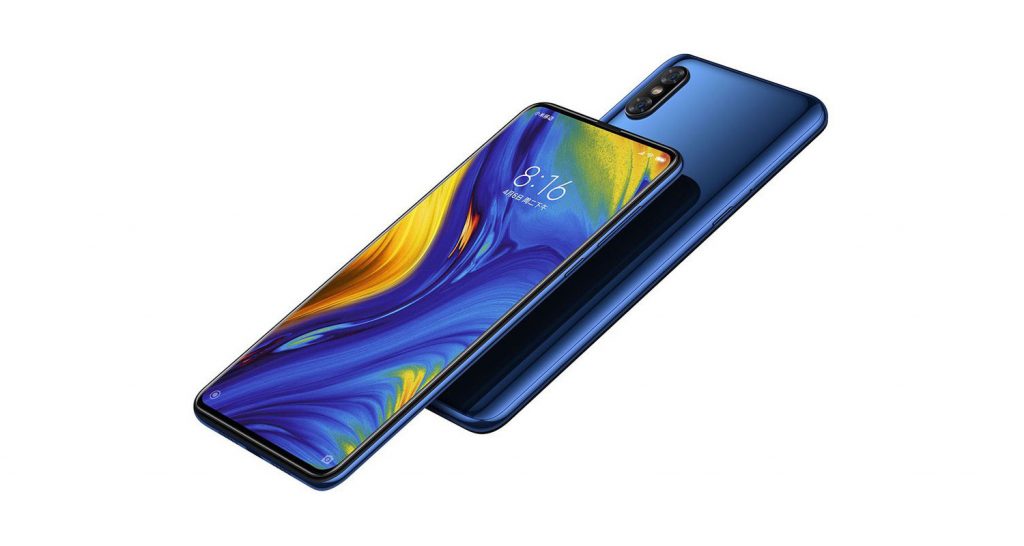








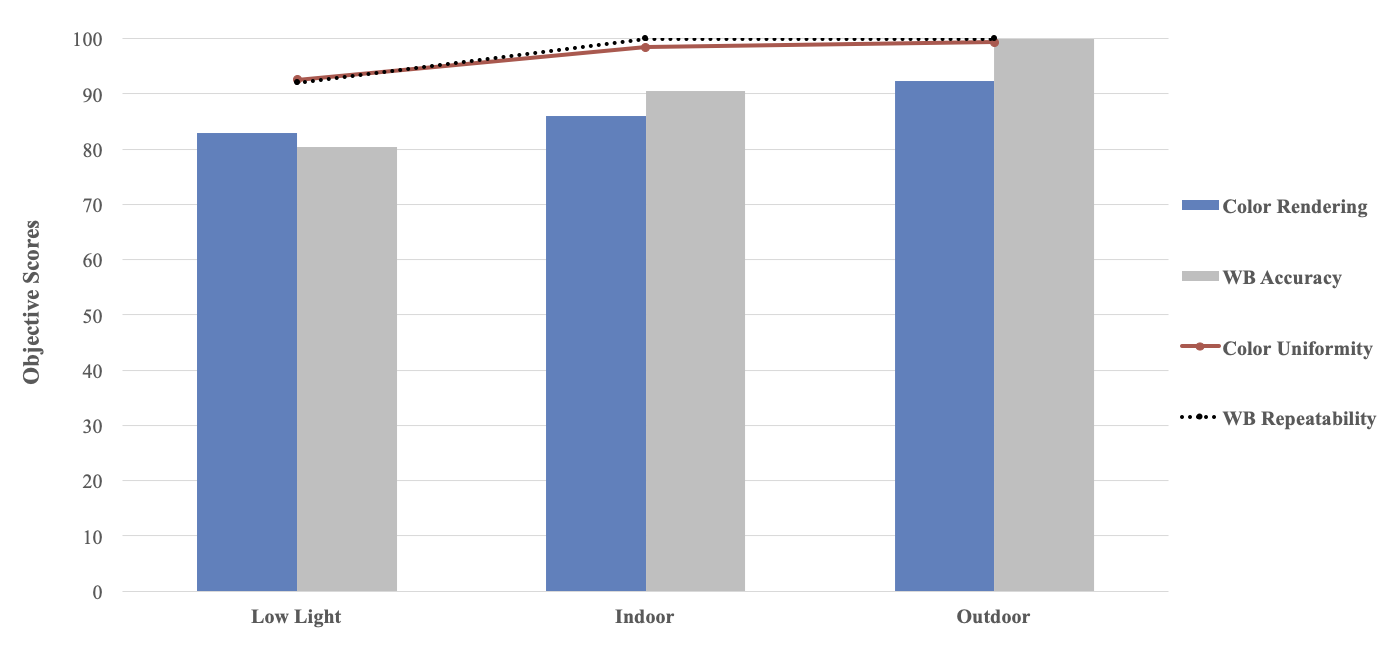







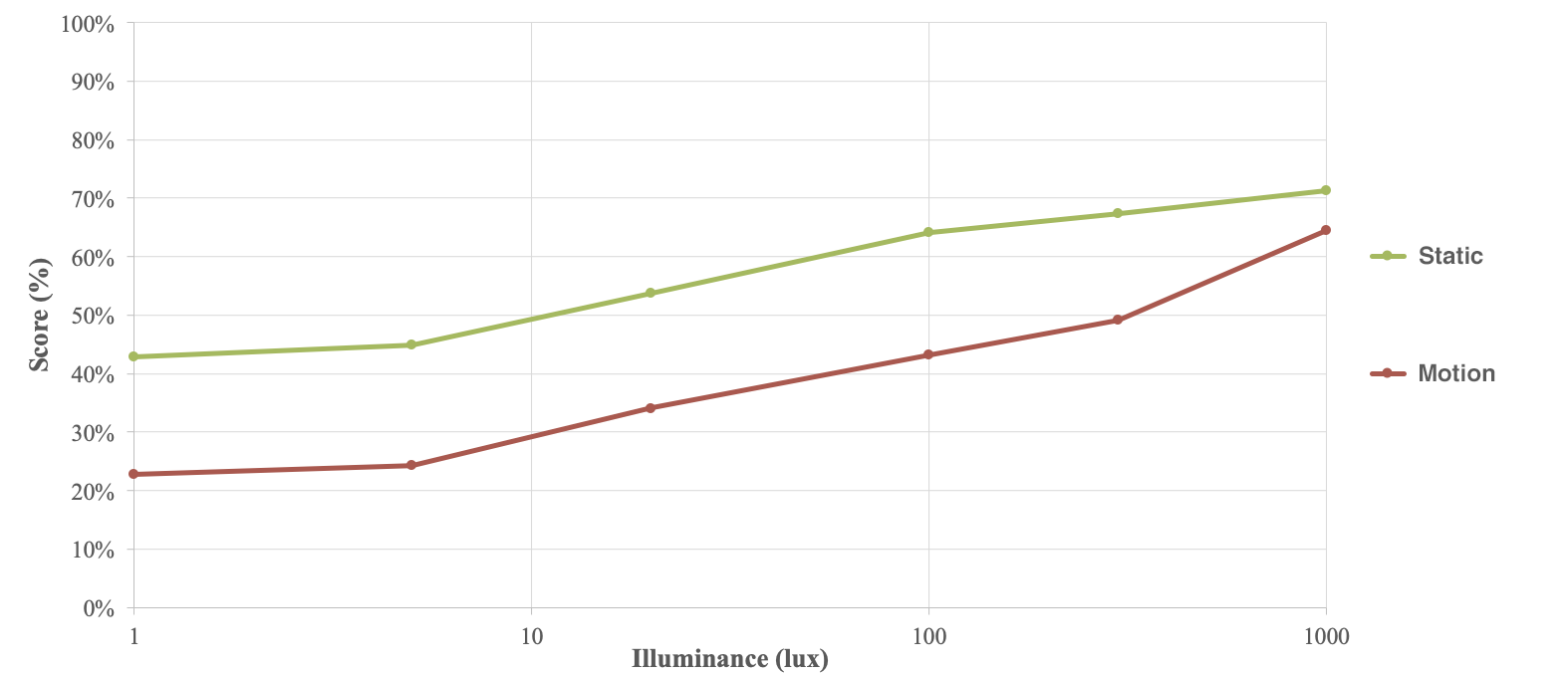

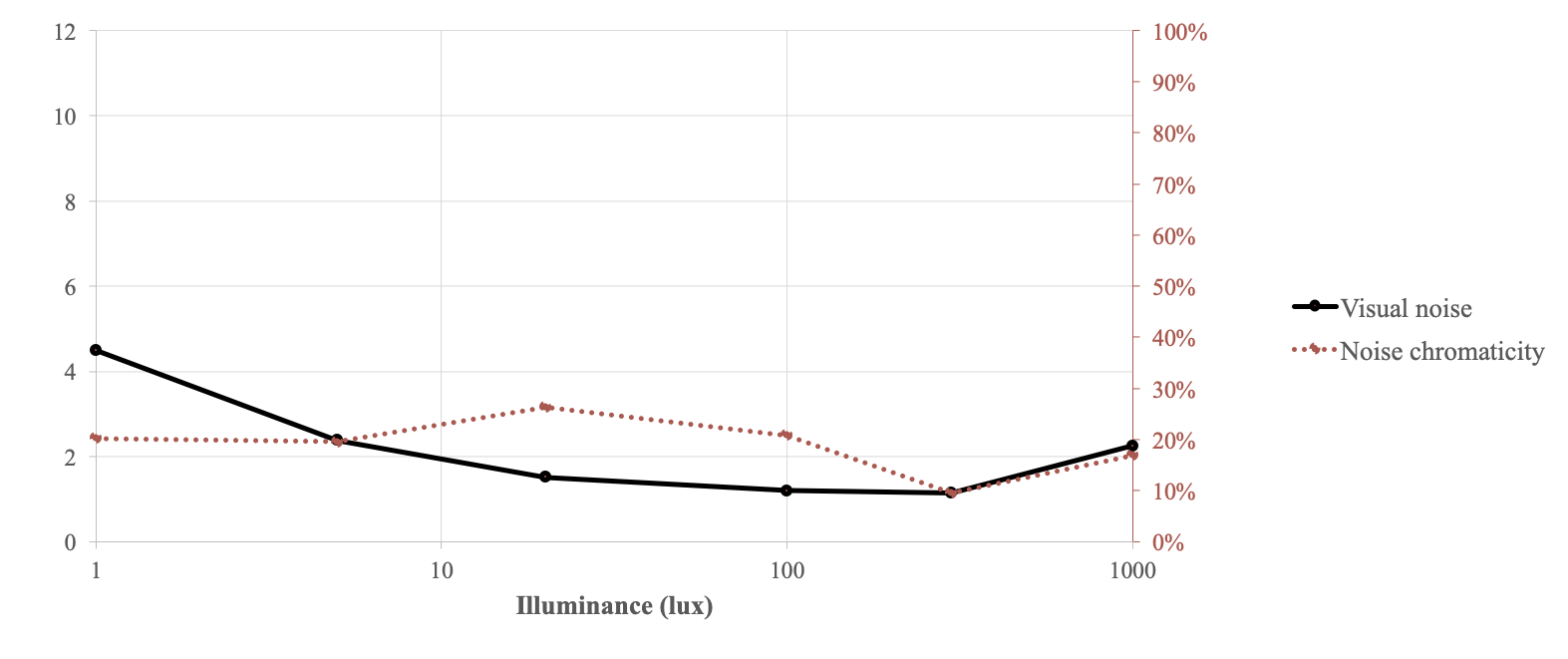
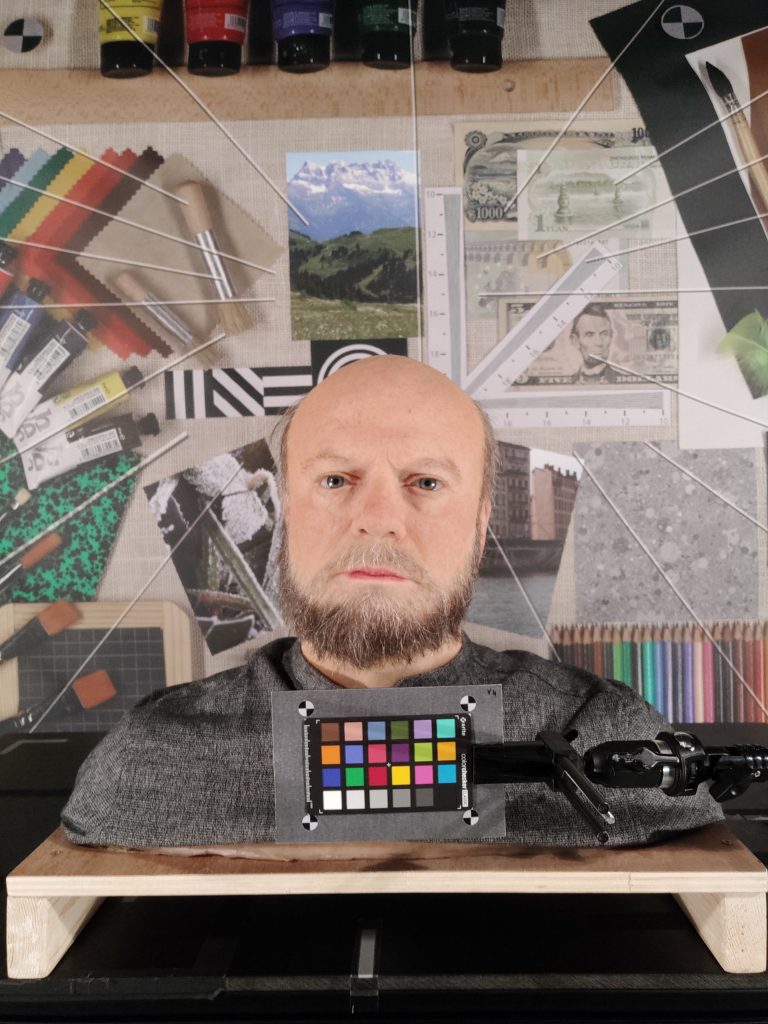










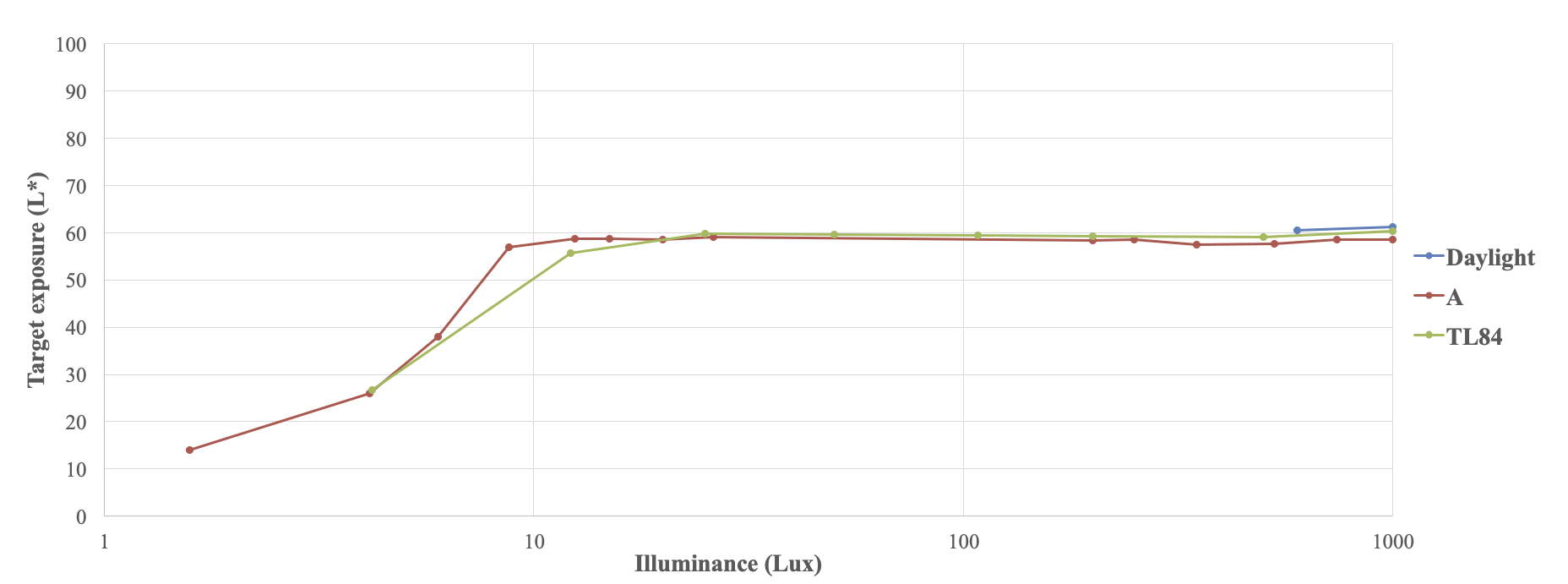
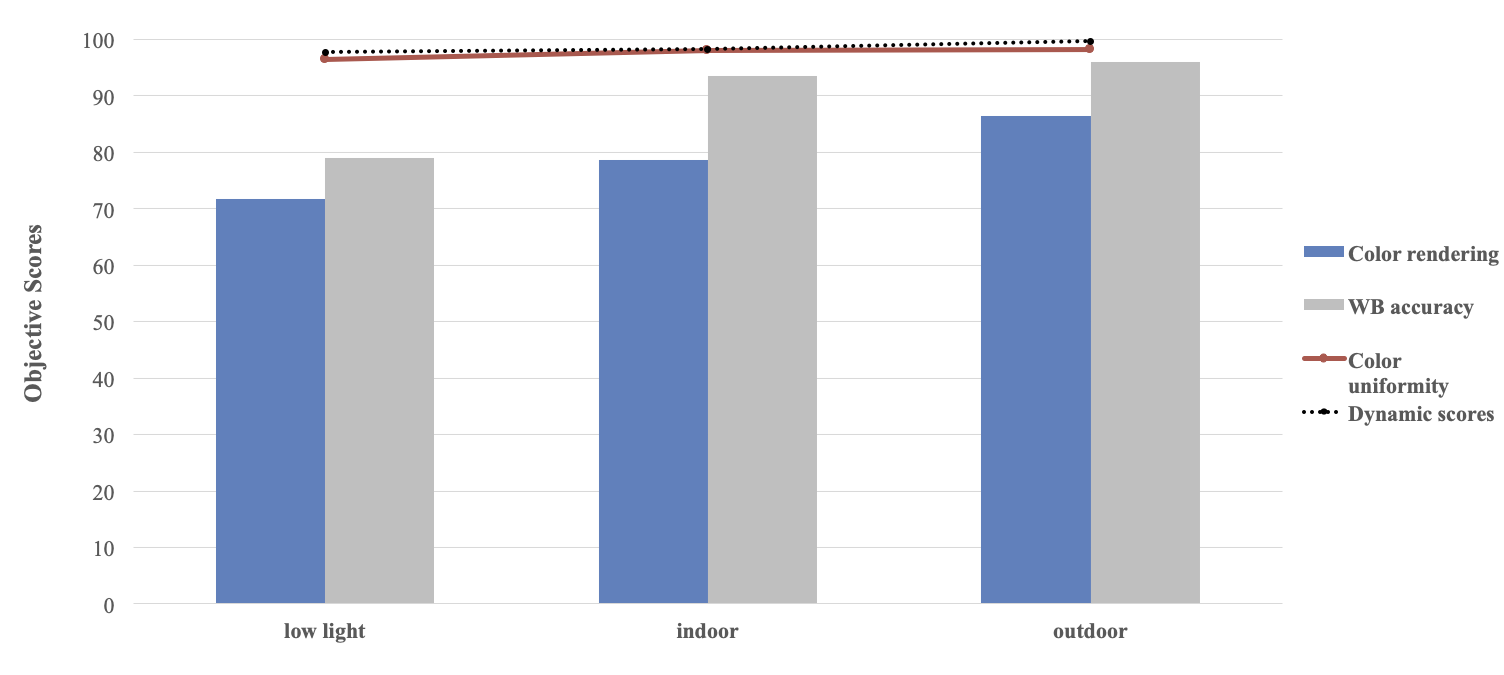
DXOMARK encourages its readers to share comments on the articles. To read or post comments, Disqus cookies are required. Change your Cookies Preferences and read more about our Comment Policy.